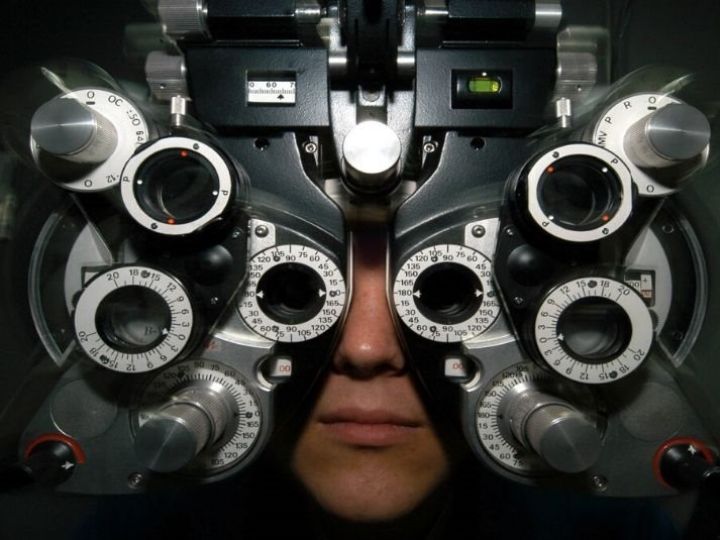2025-01-16 ヒューストン大学(UH)

Myopia occurs when a child’s developing eyes grow too long from front to back.
<関連情報>
- https://uh.edu/news-events/stories/2025/january/01162025-berntsen-blink-2-study.php
- https://jamanetwork.com/journals/jamaophthalmology/article-abstract/2828877
ソフト多焦点コンタクトレンズ装用中止後の軸方向の成長と近視の進行 Axial Growth and Myopia Progression After Discontinuing Soft Multifocal Contact Lens Wear
David A. Berntsen, OD, PhD; Anita Tićak, OD, MS; Danielle J. Orr, OD, MS; et al
JAMA Dermatology Published:January 16, 2025
DOI:10.1001/jamaophthalmol.2024.5885
Key Points
Question Does axial eye growth increase after discontinuing soft multifocal contact lenses for myopia control?
Findings In this cohort study, children with myopia randomly assigned to wear either single-vision or multifocal soft contact lenses for 3 years in the BLINK Study all wore high-add multifocal contact lenses for the next 2 years and on average had no difference in rate of eye elongation. When children then switched to single-vision contact lenses for 1 year, axial elongation increased to age-normal growth.
Meaning Faster but age-expected eye growth with no loss of the accumulated treatment effect was noted after discontinuing soft multifocal contact lens wear.
Abstract
Importance For myopia control to be beneficial, it would be important that the benefit of treatment (slowed eye growth) is not lost because of faster than normal growth (rebound) after discontinuing treatment.
Objective To determine whether there is a loss of treatment effect (rebound) after discontinuing soft multifocal contact lenses in children with myopia.
Design, Setting, and Participants The Bifocal Lenses in Nearsighted Kids 2 (BLINK2) cohort study involved children with myopia (aged 11-17 years at BLINK2 baseline) who completed the BLINK Study randomized clinical trial. Enrollment was from September 2019 through January 2021; follow-up was completed in January 2024. In the BLINK2 Study, all children wore high-add (+2.50 diopter [D]) multifocal soft contact lenses for 2 years and single-vision soft contact lenses during the third year to determine if rebound occurred.
Exposure High-add multifocal soft contact lenses and single-vision soft contact lenses.
Main Outcomes and Measures Eye length (optical biometry) and refractive error (cycloplegic autorefraction) were measured annually.
Results Of 248 participants enrolled in BLINK2, 235 completed the study. The median age at the baseline visit was 15 years (range, 11-17 years); 146 participants (59%) were female, and 102 (41%) were male. At baseline for BLINK2, mean (SD) axial length and spherical equivalent refractive error were 25.2 (0.9) mm and -3.40 (1.40) D, respectively. After participants switched from multifocal to single-vision contact lenses, axial elongation increased by 0.03 mm per year (95% CI, 0.01 to 0.05) regardless of their original BLINK treatment assignment (P = .81). There was also an increase in myopia progression after switching to single-vision lenses of -0.17 D per year (95% CI, -0.22 to -0.12) that did not depend on the original BLINK treatment assignment (P = .57). There continued to be a difference in axial length and refractive error throughout BLINK2 based on the BLINK Study treatment assignment with the original high-add group having shorter eyes and less myopia than the original medium-add (+1.50 D) and single-vision groups.
Conclusions and Relevance The BLINK2 Study found no evidence of a loss of treatment effect after discontinuing multifocal contact lenses in older teenagers. These data suggest eye growth and myopia progression returned to faster but age-expected rates and support continuing multifocal lenses until cessation of elongation and progression.


